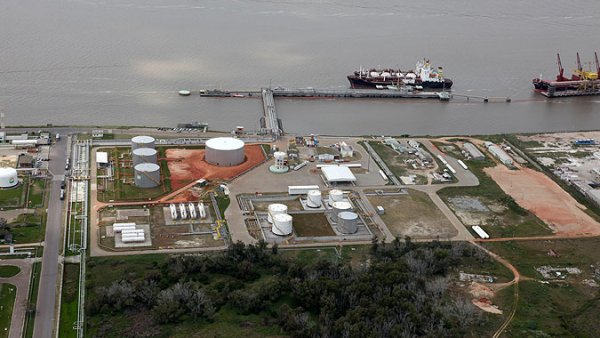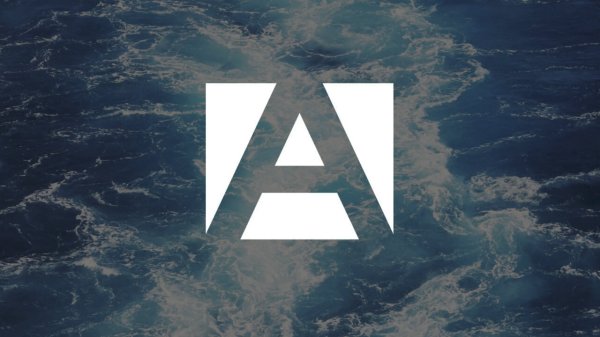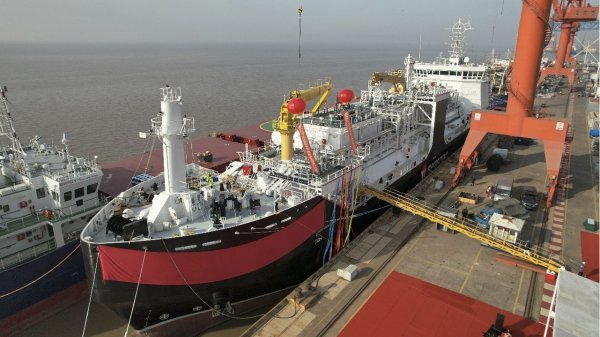Race against time to recover fuel
Salvage teams work around the clock to remove bunker fuel from stricken cargo ship.
Salvage teams have resumed pumping heavy fuel oil from a stricken cargo ship listing badly on a reef off the northern coast of New Zealand.
The Greek-owned and Liberian-flagged Rena ran aground on 5th October on Astrolabe reef, 14 miles (22km) off Tauranga on the east coast of New Zealand's North Island, setting off what officials have called the country’s worst maritime environmental disaster. The incident has already resulted in approximately 350 tonnes of bunker fuel spilling into the sea along with some of its hundreds of containers.
An earlier attempt to pump out the remaining fuel from the container ship began on 9th October, but was abandoned a week ago due to bad weather. Work resumed on Sunday night and salvage crews are now in a race against time to remove the remaining fuel on board the vessel.
The second attempt has proved more complicated due to the ship’s deteriorating condition — a crack now extends the width of the ship and it now has a list of 21 degrees. Preparations took several days, with crews needing first to construct four wooden platforms on the side of the ship to provide a level base for pumping.
Salvage teams said the toxic fumes, thickness of the oil combined with the fragility of the ship meant that progress was slow. They were adding extra pumps on Monday to speed up the recovery process through holes in the side of the 236-metre vessel to a barge.
More than 70 tonnes have already been recovered, but there are fears that bad weather will halt the operation and possibly send the stern section, which contains more than 1,000 tonnes of fuel, tumbling into 60 metres of water.
"We will be continuing to pump oil for as long as we possibly can today," said Maritime New Zealand (MNZ) Salvage Unit Manager Andrew Berry. "The key point is that every drop of oil that we can get off the ship is one less drop that can potentially end up in the environment, but it will be a long, slow and steady process," he added.
The ship has major structural cracks and experts say it could break apart or slip from the reef at any time.
New Zealand’s transportation minister Steven Joyce said he didn’t think there was much chance of removing all the bunker fuel before the vessel fell apart or sank. “I think it’s a case of getting everything off that you can,” Joyce said on Monday.
Commenting on the possible repercussions if the vessel were to fall off the reef, Bruce Anderson, spokesman of Maritime NZ, said: "If the vessel falls off the reef it could puncture a tank."
Joyce said that only the bow of the ship is jammed onto the reef while the stern remains in the water, held there by its natural flotation.
The Rena is owned by Greek-based Costamare Inc. Both the captain and an officer on the ship have been charged under New Zealand maritime laws with operating a ship in a dangerous or risky manner. If found guilty, the men, whose names have been suppressed under New Zealand law, face up to a year in jail or a fine of NZD 10,000 (US$8,000).
The Greek-owned and Liberian-flagged Rena ran aground on 5th October on Astrolabe reef, 14 miles (22km) off Tauranga on the east coast of New Zealand's North Island, setting off what officials have called the country’s worst maritime environmental disaster. The incident has already resulted in approximately 350 tonnes of bunker fuel spilling into the sea along with some of its hundreds of containers.
An earlier attempt to pump out the remaining fuel from the container ship began on 9th October, but was abandoned a week ago due to bad weather. Work resumed on Sunday night and salvage crews are now in a race against time to remove the remaining fuel on board the vessel.
The second attempt has proved more complicated due to the ship’s deteriorating condition — a crack now extends the width of the ship and it now has a list of 21 degrees. Preparations took several days, with crews needing first to construct four wooden platforms on the side of the ship to provide a level base for pumping.
Salvage teams said the toxic fumes, thickness of the oil combined with the fragility of the ship meant that progress was slow. They were adding extra pumps on Monday to speed up the recovery process through holes in the side of the 236-metre vessel to a barge.
More than 70 tonnes have already been recovered, but there are fears that bad weather will halt the operation and possibly send the stern section, which contains more than 1,000 tonnes of fuel, tumbling into 60 metres of water.
"We will be continuing to pump oil for as long as we possibly can today," said Maritime New Zealand (MNZ) Salvage Unit Manager Andrew Berry. "The key point is that every drop of oil that we can get off the ship is one less drop that can potentially end up in the environment, but it will be a long, slow and steady process," he added.
The ship has major structural cracks and experts say it could break apart or slip from the reef at any time.
New Zealand’s transportation minister Steven Joyce said he didn’t think there was much chance of removing all the bunker fuel before the vessel fell apart or sank. “I think it’s a case of getting everything off that you can,” Joyce said on Monday.
Commenting on the possible repercussions if the vessel were to fall off the reef, Bruce Anderson, spokesman of Maritime NZ, said: "If the vessel falls off the reef it could puncture a tank."
Joyce said that only the bow of the ship is jammed onto the reef while the stern remains in the water, held there by its natural flotation.
The Rena is owned by Greek-based Costamare Inc. Both the captain and an officer on the ship have been charged under New Zealand maritime laws with operating a ship in a dangerous or risky manner. If found guilty, the men, whose names have been suppressed under New Zealand law, face up to a year in jail or a fine of NZD 10,000 (US$8,000).

|
IMO approves pricing mechanism based on GHG intensity thresholds
Charges to be levied on ships that do not meet yearly GHG fuel intensity reduction targets. |
|
|
|
||

|
VARO Energy expands renewable portfolio with Preem acquisition
All-cash transaction expected to complete in the latter half of 2025. |
|
|
|
||

|
NYK trials biofuel in milestone coal carrier test
Vessel is used to test biofuel for domestic utility company. |
|
|
|
||

|
H-Line Shipping orders LNG bunkering vessel
Vessel with 18,000-cbm capacity to run on both LNG and MDO. |
|
|
|
||

|
How to engineer and manage green shipping fuels | Stanley George, VPS
Effective management strategies and insights for evolving fuel use. |
|
|
|
||

|
Swedish government bans scrubber wastewater discharges
Discharges from open-loop scrubbers to be prohibited in Swedish waters from July 2025. |
|
|
|
||

|
MAN Energy Solutions achieves 100% load milestone for ammonia engine
Latest tests validate fuel injection system throughout the entire load curve. |
|
|
|
||

|
Petrobras secures ISCC EU RED certification for B24 biofuel blend at Rio Grande
Blend consisting of 24% FAME is said to have been rigorously tested to meet international standards. |
|
|
|
||

|
Stolt-Nielsen to fully control Avenir LNG with acquisition
Share purchase agreement to buy all shares from Golar LNG and Aequitas. |
|
|
|
||

|
Bureau Veritas supports launch of CIMC SOE's LNG bunkering vessel
Handover of Seaspan Energy's cutting-edge 7,600-cbm vessel completed. |
|
|
|
||
Related Links
- · New Zealand firm fined for fuel oil spill [Insights]
- · Shipping firms fined $1.2 million for bunker spill [Insights]
- · New Zealand [Directory]

